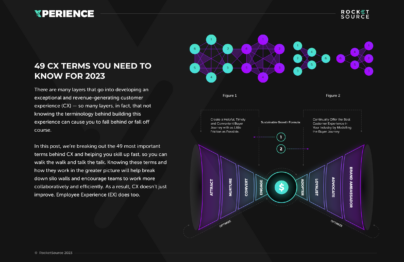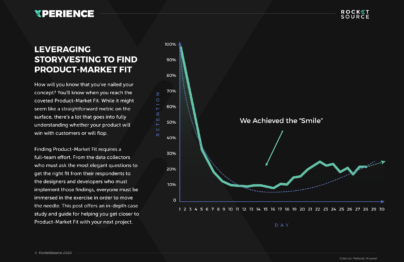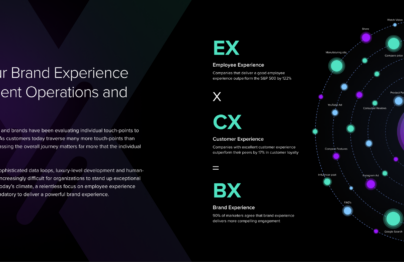Data governance refers to the collection of data management processes and procedures that help an organization manage its internal and external data flows. This alignment of people, processes and platforms helps organizations transform data into something digestible and operational as an enterprise asset.
A clear data governance plan is crucial to reaching the insights that drive data-centric success. Having data passed through many hands, and having that data mined, modeled and analyzed requires protocols to be put in place. Any misalignment in how the people, processes or platforms interact with your data can have a detrimental impact. Backing your data governance plan with an operational framework will help avoid critical errors, ensure the privacy of respondents and provide insights to start finding opportunities for transformation.
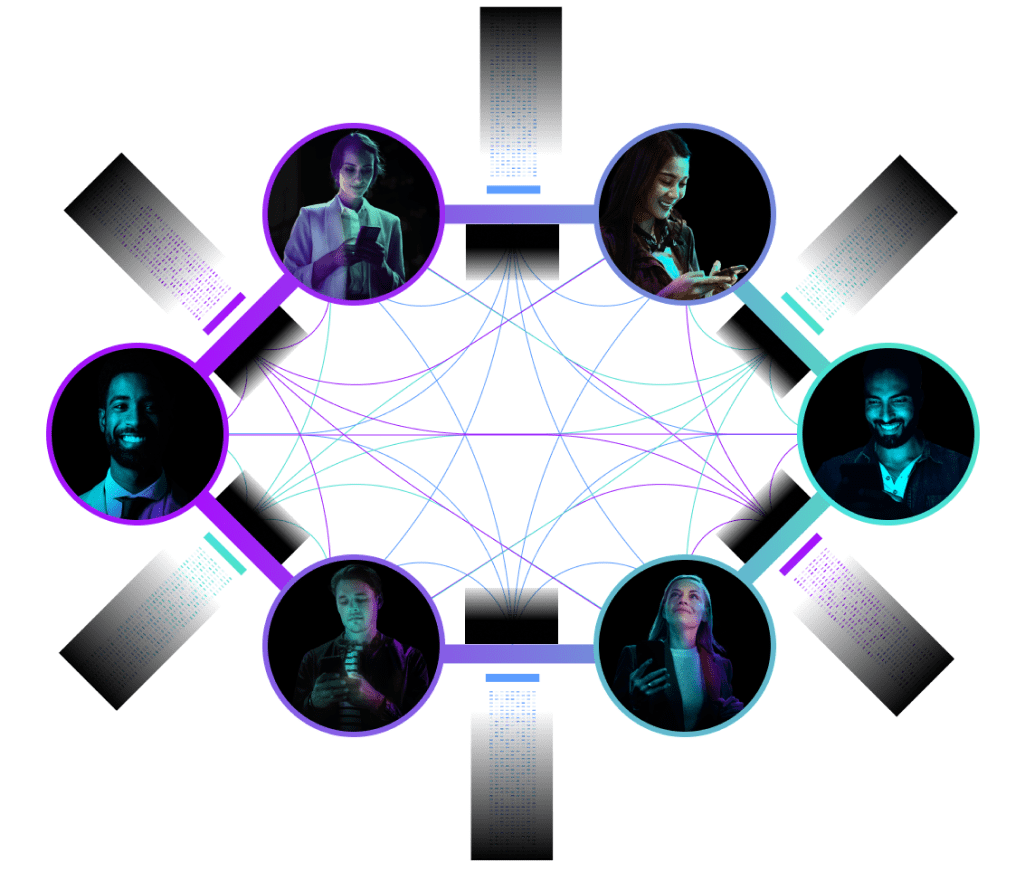
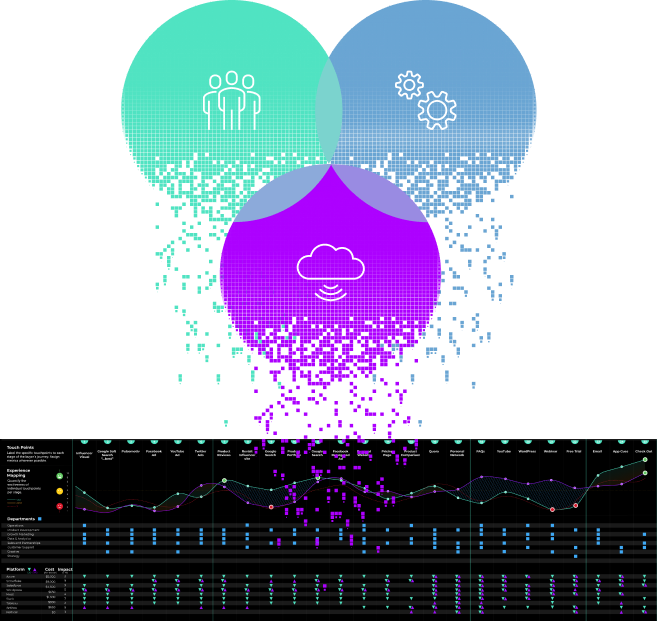
The 3 P’s of Data Governance
People. Platforms. Processes. Each of these “P’s” often taps into and interacts with data in some capacity. A good data governance strategy requires your team to align around these 3 P’s to ensure the data remains clean as it changes hands.
Intelligent businesses leverage analytics to make these small, incremental improvements over time. While taking this baby-step approach, a level of cohesive governance must exist to ensure that the data remains clean and relevant in the process. Change management and solicitation protocols must remain in place.
Components of Operationalized Data Engineering
The way data engineering is approached matters. There must be prevalent and pervasive data sets for you to continuously make the most relevant data available. These five precepts allow teams to bring it all together and ensure forward momentum for the organization.


Resiliency
Accidental tweaks can disrupt data sets. As your data is gathered from outside sources, platforms or methodologies, your team must clean it before it gets pushed into the data pipeline to ensure resiliency up front.

Trustworthiness
Dirty data in is dirty data out. Having parameters in place to leverage data sets cleanly and accurately will enhance the trustworthiness of your data. As such, teams can better infer the results of a given model.

Prevalence
Having a deep understanding of how specific data can facilitate informed decisions and optimize the day-to-day work environment is critical. By infusing familiarity and proficiency in using data, this mode of operation can permeate the organization and set a firm foundation that everyone can lean on when adding advanced analytics and predictive modeling to daily operations.

Measurability
Teams must be able to measure data and insights against various outcomes to build organizational buy-in. Having cultivated, direct and tangential insights from various machine learning models allows teams to access data that can be leveraged to drive transparency and context around critical metrics. In turn, teams move faster and are more informed.

Advancement
Proper development and configuration of your rules, platforms and architecture allows your team to develop and configure data that will drive advanced insights. The architecture of the overall set of technologies, infrastructure and operations must be continually iterated upon to stay relevant by using modernized systems for continual advancement.
Using Data Governance to Help Bring it All Together
With so many different data sets, platforms, and sources, your data governance plan must be aligned with a business transformation framework. This framework will guide you as you harness data and use it to steer your projects and decision-making. Having a dedicated way to pull out transformative insights from qualitative and quantitative information lets you accurately leverage what’s at your disposal.
The StoryVesting framework allows data engineers a clear strategy for bringing website development, content, data, analytics, creatives, and other key elements together in one place. With this consistency in place, organizations can achieve clean, reliable and actionable data with fewer silo walls up and more organizational buy-in.
North Star Metrics Which
Enforce Value Proposition

Ensuring Clean Data
Data governance allows teams to reach accurate insights while gathering information from outside sources, platforms and methodologies.
With clean data getting pushed through the pipeline, organizations will be better able to draw correct conclusions.

Gaining Buy-In
Communication is key when running initiatives. Having a framework in place for managing and tapping into the data at your disposal allows your team to gain buy-in by seeing the impact of their work on the organization and the customer. Teams become more passionate and simultaneously more productive.

Breaking Down Silos
Taking a holistic approach to data gathering allows organizations to shed the risk of biased analysis and diversify data sets for a fuller picture and analysis. Data governance allows insights to break out of silos for better decision-making and employee experiences.
Customer Experience (CX) Terms
- 360° Degree View of the Customer
- AI Ops
- Barlow Bands
- Behavioral Triggers
- Bow Tie Funnel
- Brick-to-Click
- Business Impact Analysis (BIA)
- Cognitive Computing
- Cohort Analytics
- Content Mapping
- Conversational User Guidance
- Customer Data Profile
- Customer Experience (CX)
- Customer Friction
- Customer Insights Map
- Customer Journey
- Customer Journey Mapping
- Customer Satisfaction (CSAT)
- Customized Ratios
- CX Intelligence
- CX Led Growth
- CX Metrics
- Data as a Product (DaaP)
- Data as a Service (DaaS)
- Data Culture
- Data Driven
- Data Engineering
- Data Fabric
- Data Governance
- Data Humanization
- Data Hygiene
- Data Looping
- Data Mapping
- Data Mining
- Data Modeling
- Data Monetization
- Data Swamp
- Data Visualization
- Data Warehouse
- Data-Centric
- Descriptive Analytics
- Diagnostic Analytics
- Digital Asset Management (DAM)
- Digital Transformation
- Dirty Data In Dirty Data Out
- Embedded Intelligence
- Empathy Mapping
- Employee Data Profile
- Employee Experience (EX)
- EX to CX Data Mapping
- EX to CX Mapping
- Experience Management (XM)
- Gap Analysis
- Generative AI
- Human-Centered Design (HCD)
- Journey Analytics
- Machine Learning (ML)
- Managed Agile Services on Demand
- Modified Hoshin
- North Star Metric
- Party Data
- Pathway to Purchase
- Predictive Analytics
- Product-Market Fit Mapping
- Real Time Design Looping
- Revenue Acceleration
- RevOps
- S Curve of Growth
- Stack Impact Analysis
- StoryVesting
- Table Stakes Testing
- The 3 P’s
- User Experience (UX)
- User Insights Map
- User Interface (UI)
- Voice of the Customer (VoC)
- Voice of the Employee (VoE)
- World Cloud Generator Sentiment Mining
- X Analytics

